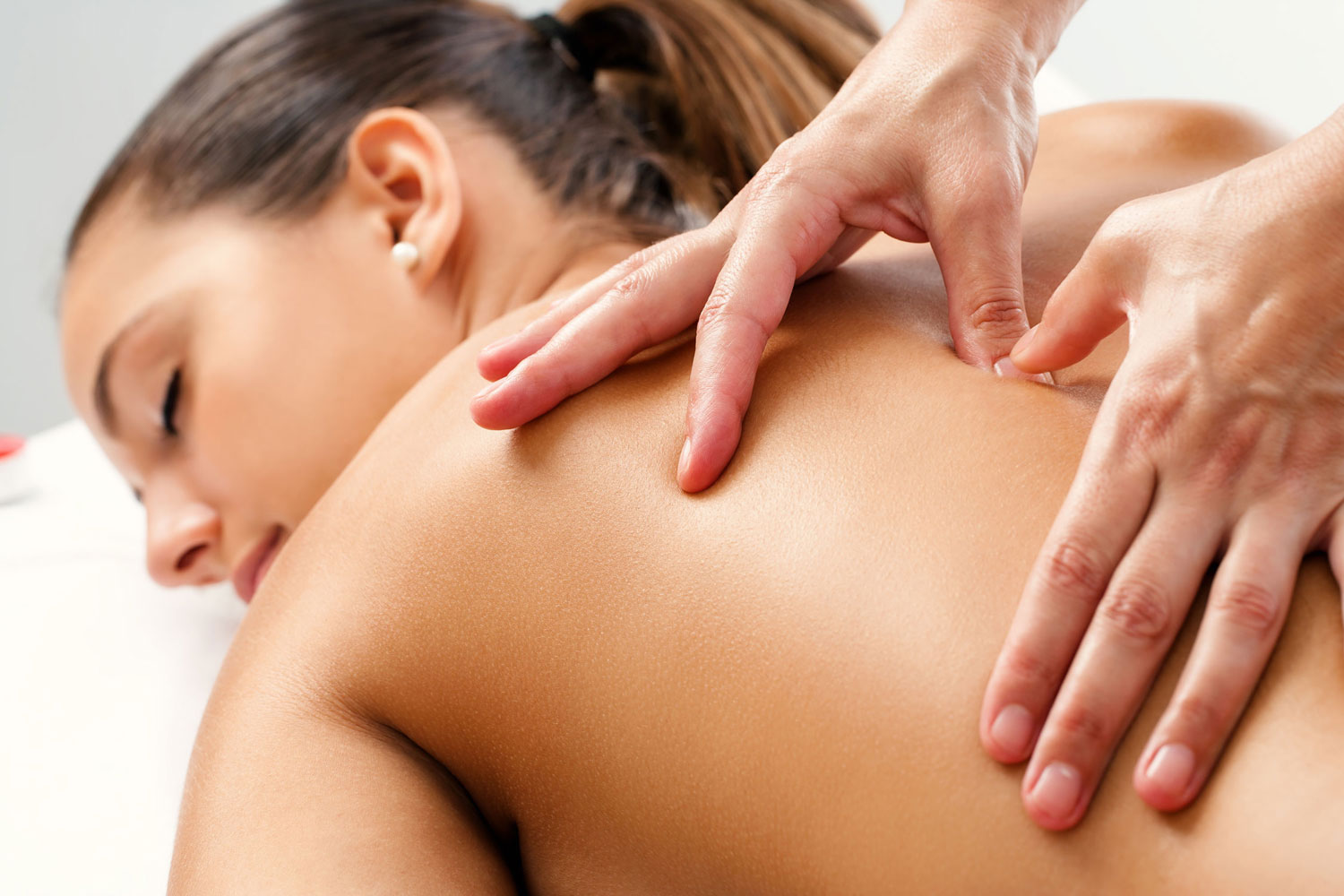Our bodies depend upon the smooth and effective operation of a finely-tuned complex system of bones and joints, controlled and moved by muscles, actuated by nerves; the bones and joints are surrounded by soft tissue containing the fluids of the circulatory system. Changes in the delicate balance of this neuro-musculo-skeletal system and its circulatory components can result in restricted flexibility and mobility, disturbance of blood supply and draining, and dysfunction of the nervous system. Such changes are most commonly the effects of physical strain or injury but can be caused by an inappropriate life-style or psychological stress.
Osteopathy is concerned with maintaining and restoring the balance of this system. When something goes wrong, the osteopath diagnoses the causes whether they be related to the spinal column or to soft tissue or joints remote from it. In some cases, the osteopath may refer the patient to a doctor for treatment. In many the osteopath may relieve the condition with manipulative therapy and in preventative medicine will advise methods of avoiding occupational strain and suggests effective alterations to life-style.
Painstaking examination and diagnosis allow osteopaths to treat a wide variety of conditions which may respond to mechanical forms of treatment. The range of such conditions is wider than commonly supposed.
When a patient comes for a consultation, the osteopath first takes down a full case history. This is followed by a thorough physical examination of the patient. The osteopath also pays particular attention to the patient’s skeletal structure and its functioning and to his/her general mobility – including the movement of each joint. At this stage, the osteopath may well require further examinations, utilising X-Rays or other pathological tests.
At the end of the examination, the osteopath makes a diagnosis, deciding whether or not osteopathic treatment can help the patient. If the osteopath decides that osteopathy will help the patient, an appropriate course of treatment will begin.
 In a typical treatment, the osteopath may first relax the muscles in the affected area. This is done with firm but gentle manipulation. Next the osteopath may treat the affected joints precisely and carefully to encourage more relaxation and greater movement. In cases like osteo-arthritis where relief of pain and some ease of movement is all that can be hoped for, this may be all the osteopath will do. If suitable, the osteopath may put the joint through a very short range of movement at a very high velocity – ‘the high velocity thrust’ – to clear and free it. Each case individually evaluated and particular treatment will depend on the practitioner’s diagnostic findings.
In a typical treatment, the osteopath may first relax the muscles in the affected area. This is done with firm but gentle manipulation. Next the osteopath may treat the affected joints precisely and carefully to encourage more relaxation and greater movement. In cases like osteo-arthritis where relief of pain and some ease of movement is all that can be hoped for, this may be all the osteopath will do. If suitable, the osteopath may put the joint through a very short range of movement at a very high velocity – ‘the high velocity thrust’ – to clear and free it. Each case individually evaluated and particular treatment will depend on the practitioner’s diagnostic findings.
